Ridge expansion refers to a surgical, lateral widening of the residual ridge (i.e., buccolingually) using chisels and osteotomes. This expansion treatment is done to make enough space for the patient to go for a bone graft and a dental implant. Once the ridge expansion process is done, the dental implants can be placed. Dental implants are done after performing ridge expansion by inserting screws of gradually increasing thickness. Although this process may take a bit longer, an excellent clinical outcome is likely.
The ridge-splitting expansion technique is used when the width of a bone is too narrow, and having sufficient height. This procedure aims to widen the alveolar ridge. After the surgery is done, the patient enjoys aesthetic outcomes as well as the housing effect that is put forth by the cortical bone and the buccolingual side. This housing effect improves the osseointegration process by providing an adequate amount of blood to the area being addressed.
The Need For Ridge Expansion
Dental implant placement in atrophic ridges is a strict procedure. Hence, it needs prior to bone graft augmentation, resulting in a long-term treatment plan. The ridge expansion helps in bone manipulation technique by offering an overall shorter treatment period and less surgical trauma when compared to conventional bone graft techniques. Also, this technique does not require a waiting period of 4-6 months for bone consolidation before dental implant placement. It decreases the morbidity since it avoids a second surgical donor site for bone harvesting. However, this technique is not applicable if there is insufficient bone height for dental implant placement, and implementing the method on atrophic ridges < 3.0 mm broad may result in unfavorable bone fractures that lead to bone resorption. And if there are cases of significant bony ridge defects and adverse ridge relationships, patients may be benefited from an Onlay bone graft augmentation technique.
In the surgical technique, motor-driven bone expanders provide increased control over the expansion site; therefore, it allows the treatment of more severely atrophic ridges, which would not be possible with the use of traditional osteotomes. Also, this technique allows a gradual and controlled fracture of the buccal plate if the plastic capacity of the bone has been exceeded. The displacement of the fractured segments may be closely monitored. As long as adequate implant stability is achieved, the fracture site can also be grafted. Hence, the use of motor-driven bone expanders works as a substitute for traditional techniques, such as ridge augmentation and the use of conventional osteotomes in cases of maxillary horizontal bone deficiencies.
How Is Ridge Expansion Done?
Bone loss may happen in two ways; the first is a loss of horizontal width resulted from the breakdown of bone surrounding the socket. The remaining ridge narrows down and no longer allows the space for a dental implant. The next is a loss of vertical bone height, which may also make it infeasible to safely and peacefully place dental implants in the affected area. The ridge bone needs to be lifted to add enough height and horizontal width to fit the dental implants.
In the ridge expansion procedure, the ridge bone is detached, and the inner and outer segments of bone are wedged apart. This ultimately prepares a space between the divided sections of bone that can be filled with bone graft. The dentist uses special instruments to perform the ridge expansion. Depending on the situation, and dental issues, simultaneous dental implants may be achieved during ridge expansion. The bone begins to deteriorate once the bone surrounding and supporting your teeth is removed. The ridge bone may also lose density due to breakdown from age or disease.
To sum up, we can say that ridge expansion is a solution when the jaw is not broad enough to assist dental implants. In this treatment, the ridge bone is divided, and the inner and outer segments of bone are wedged apart. This generates a space between the divided sections of bone that can be filled with bone graft. The dentist at our San Francisco office, uses special tools to perform the ridge expansion as per the situation. The most common way to expand the ridge is by use of a surgical instrument called osteotomes. Osteotomes are flat and cylindrical, stainless steel tools of various sizes. They are used to laterally compact the bone and expand the ridge for dental implant placement. At our San Francisco office, our dental experts will discuss the ridge expansion procedure with you, along with other effective treatment options for bone deterioration. Our dental surgeons are highly experienced and work hard to ensure maximum safety and comfort for our patients. The dental expert's team used to examine the patient thoroughly and then explain the treatment options which helps the patient to make a better decision regarding which kind of treatment he/she needs
Implants Pro Center©, San Francisco, offers a consultation at your convenience. You can learn more about dental implants and Implant Pro Center's treatment approaches. Find out today how dental implants can change your life. At Implants Pro Center©, San Francisco, we take all primary dental and medical PPO insurances, along with Medicare, thereby decreasing your anxiety about the expense of dental implant treatment or any oral surgeries. A tremendously experienced and caring team will give life-long care, maintenance, and assistance. Implants Pro Center©, San Francisco, is also decked with all the modern technologies like CT-Scan, Intravenous Sedation, Platelet Rich Fibrin, etc. to present nothing less than the best of services. You will be entirely at ease for any of your surgeries.
